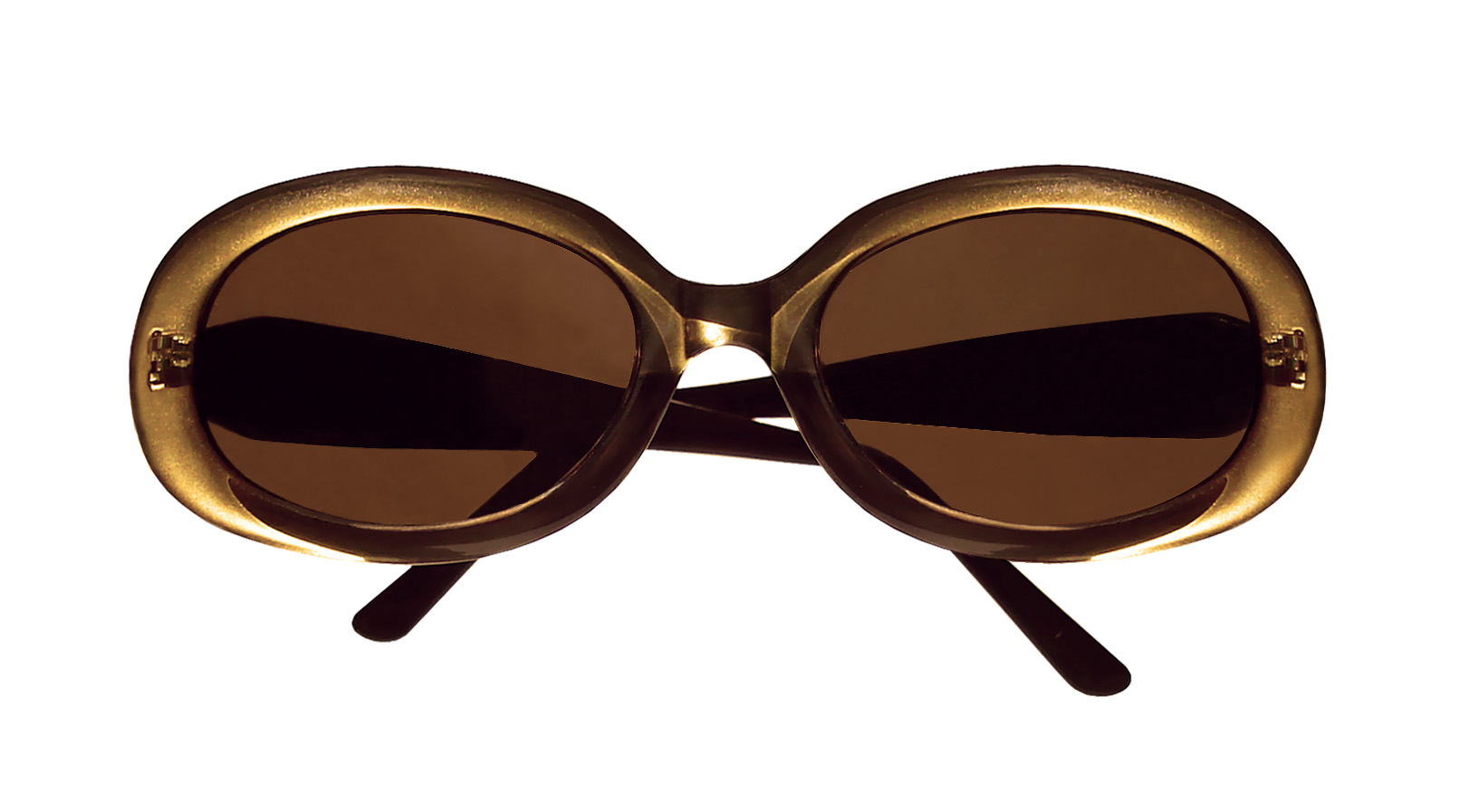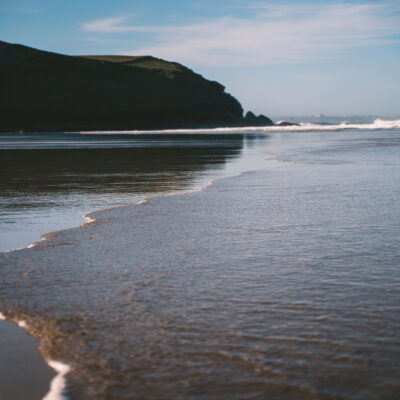These days it can feel as though you need a PhD in biochemistry to navigate the suncream shelves. Wellbeing editor, Eminé Rushton, breaks down what the labels mean, and how to keep skin safe, naturally.
My skin has always been sensitive to synthetics. As a child, whenever I came into contact with perfumed lotion or bubble bath, I would immediately flare up – red skin, sore patches, eczema.
Because of this sensitivity I’ve had to figure out what my skin can tolerate and have ended up with a vanity bag of simple natural oils, soothing balms and mineral make-up. Suncream was always trickiest, though. Hives, heat rash, prickly heat, eczema – I couldn’t go near the stuff. I later learned that this was because so many of the biggest names in sun protection use chemical UV filters, which absorb the sun’s rays into the skin, and then release that energy as heat.
Manufacturers argue that UV energy from the sun is released as harmless photons from the skin, before it can be absorbed by any of our reactive cells, or DNA. Yet, lab studies have shown the absorption rate of the most commonly used chemical sun filter, oxybenzone can be anywhere from 1 to 9%.
An important 2010 study carried out by the University of Zurich also detected oxybenzone and four other sunscreen filters in Swiss women’s breast milk, indicating that the developing foetus and newborns may be exposed to these substances too. Oxybenzone and octinoxate have now also been shown to act like oestrogen in the human body, with robust and compelling research also linking it to a higher incidence of endometriosis in women.
As if that were not enough, Hawaii has just passed a bill to ban both of these chemical sunscreens from being sold on their territory – to preserve their magnificent coral reefs, following damning reports on the impact that these non-degradable chemicals are having on our delicate marine ecosystem.
Complicating matters even further is that almost every chemical sunscreen is, to some degree or other, shown to be pretty unstable when exposed to sunlight.
When exposed to UV light, they essentially degrade on the skin, releasing free radicals that can cause premature ageing. Of the two chemical sunscreens that pass the EWG.org test (a great resource for anyone looking to remove harmful chemicals from their home), avobenzone and mexoryl SX, are by far the safest, with very limited skin penetration and no evidence of endocrine disruption. The former, however, does have a relatively high propensity to cause skin irritation as it breaks down.
So which brands do I entrust with my skin? Even 100% mineral filters zinc oxide and titanium dioxide have their potential problems. There are those who believe that using nanoparticles of heavy metals, such as zinc and titanium, could also pose inhalation risks.
The International Agency for Research on Carcinogens has classified titanium dioxide as a possible carcinogen when inhaled in large doses, because the lungs have difficulty clearing nanoparticles, which may pass from the lungs into the bloodstream (source: EWG.org).
It’s a minefield, but common sense can prevail. A big hat, sunglasses and covering up when in direct sunshine (and certainly on the beach) is the wisest move of all. And if you want to soak up some of the sun’s healing light – lest we forget that it remains our best provider of vitamin D – you can healthily do so in the early morning, and late afternoon.
You can also boost your skin’s own resilience to the sun by upping your antioxidant intake: resveratrol, a polyphenol found in red grapes (yes, that includes good red wine) and dark chocolate (hurrah), is one of the best for protecting skin from sun damage too.
And, for those times when you need something serious to protect your skin, I would opt for mineral over chemical, and trust the non-nano cream from Josh Rosebrook Nutrient SPF Day Cream, £85 (abeautifulworld.co.uk) and de Mamiel Exhale Hydrating Nectar SPF30, £75 (demamiel.com) with my face (their tinted sunscreens are highly effective, 100% natural, and a joy to use).
I have also found Weleda and Lavera’s SPF offerings to be wonderfully effective at protecting my children’s skin.
Most important of all is that we remember that an SPF is not a licence to sunbathe. It is simply an insurance measure against skin cancer and irreparable damage. If you seek out shade, cover up and wear a hat you are in with your best shot of having a safe summer. And, given that it can take up to 20 years for this summer’s damage to show up on your face, your future self will be eternally grateful too.
Eminé Rushton is Wellbeing Director-at-Large at Psychologies magazine, and co-founder of the conscious living blog, The Balance Plan, balanceplan.co.uk
TEST
Emine Rushton, our Wellbeing editor
You may also like
Take me to… a UK Staycation
We’re kicking off our new travel feature with a collection of ideas to get you trying something new with explorative and adventurous trips Cornish Escape The Park, Cornwall is an award-winning holiday village, just a short stroll from Mawgan Porth...
Brain power!
Sarah Maxwell explores how exercise affects your grey matter Exercise has long been recognised for its positive impact on physical health. However, many recent studies have shown that exercise also has many transformative effects on the brain, so if you...
Farm Fables
Jane gathers some fascinating honey bee facts as she checks the Coopers Farm hives before their very busy year ahead April… the evenings are longer, the countryside greener and the birds louder. Bliss. Spring has arrived and nowhere is this...

















